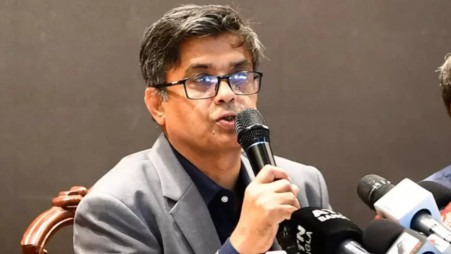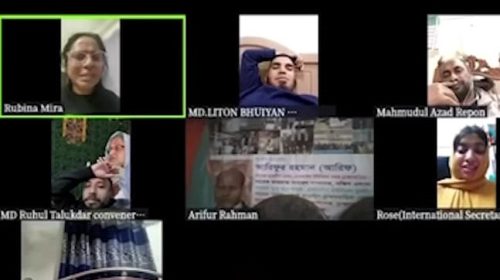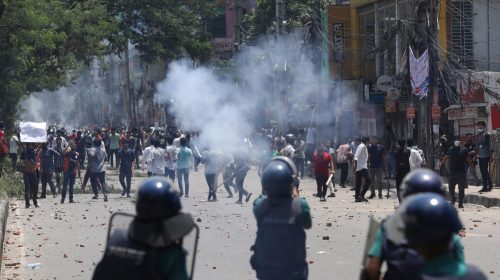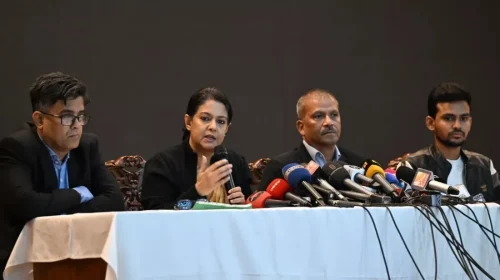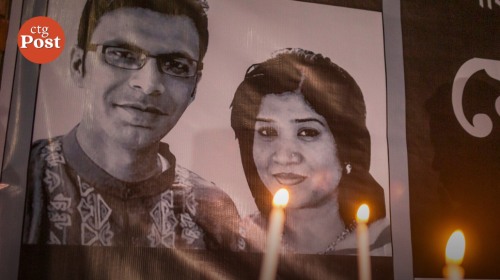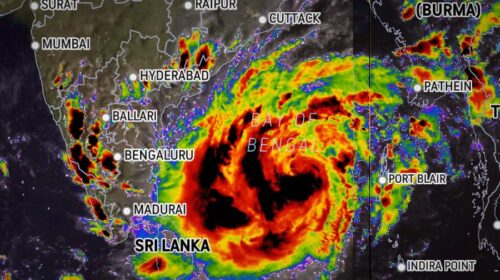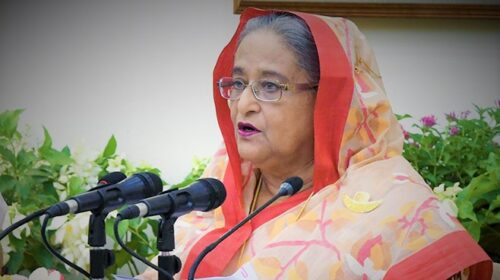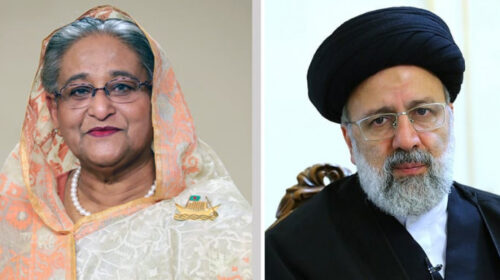Six months have passed since the government banned sales of Grameenphone’s SIM card. As a result of this ban, the operator is losing an sale of average of 40,000 SIMs per day. They also lost about 3.5 million customers.
Bangladesh Telecom Regulatory Commission (BTRC) on 29 June banned sales of Grameenphone’s SIM cards questioning its quality of service. According to the BTRC, active SIM cards of Grameenphone stood slightly over 81.4 million after October. The number is around 3.5 million less than active SIMs in May. The operators loss customers if they fail to sell new SIMs as some active SIMs gets inactive regularly.
Meanwhile, Grameenphone officials maintain that they are doing everything possible to improve the quality of service including buying frequency and installing it on network, setting up new towers and connecting the towers with optical fibre cables. The operator said these steps improved the quality of service. The telecom operator has sent a letter to BTRC to assess the improvement in quality of service and lift the ban on SIM card sales.
Post and telecommunication minister Mustafa Jabbar told on Sunday, “I’ve received a report from BTRC today (Sunday). I’ve seen that the infrastructural development done by Grameenphone in last six months is noticeable,” he said adding that the infrastructural development Grameenphone undertaken within this time is somewhat satisfactory.
The BTRC reasoned poor network of Grameenphone on the day of inauguration of Padma Bridge. The operator on 3 July sent a letter to Grameenphone explaining what happened on that day. The operator said it wanted to strengthen network on the Padma Bridge but an application in this end was under consideration. Under the circumstances, the operator increased the capacity of its nearby Base Transceiver Stations (BTS) to the highest. They also installed three temporary towers with powerful equipment to bring the bridge under network coverage
Grameenphone maintains that the over 6km-long Padma bridge cannot be brought under uninterrupted network coverage only by strengthening the towers on two sides of the river. Installation of additional equipment on the bridge was needed for better network coverage, but the telecom operate did not get such approval from concerned government authorities.
Although the ban of sales of new SIMs was slapped on 25 June, four days after the inauguration of Padma bride, the BTRC in September approved the operator to sale some old SIMs. Telecommunication ministry later served BTRC a show cause notice and the permission was cancelled on 6 November.
Grameenphone said they had been working to improve the quality of service. Upon the ban on SIM sales, the operator made some commitments to improve their services including increasing frequency, setting up new towers, connecting towers with fibre optic cable.
Grameenphone said they bought radio frequency worth around Tk 60 billion from auctions in 2021 and 2022. The spectrum they bought in 2021 has fully been installed in networks and on 1 November started the process of setting up new radio frequency bought in last auction in March.
The operator said they took a target of setting up 1900 new towers in 2022. The operator could set up a total of 1604 towers up to October. They installed 1600 towers in 2021.
The leading telecom operator committed to connect 34 per cent of its towers with fiber optic cable within a year.



